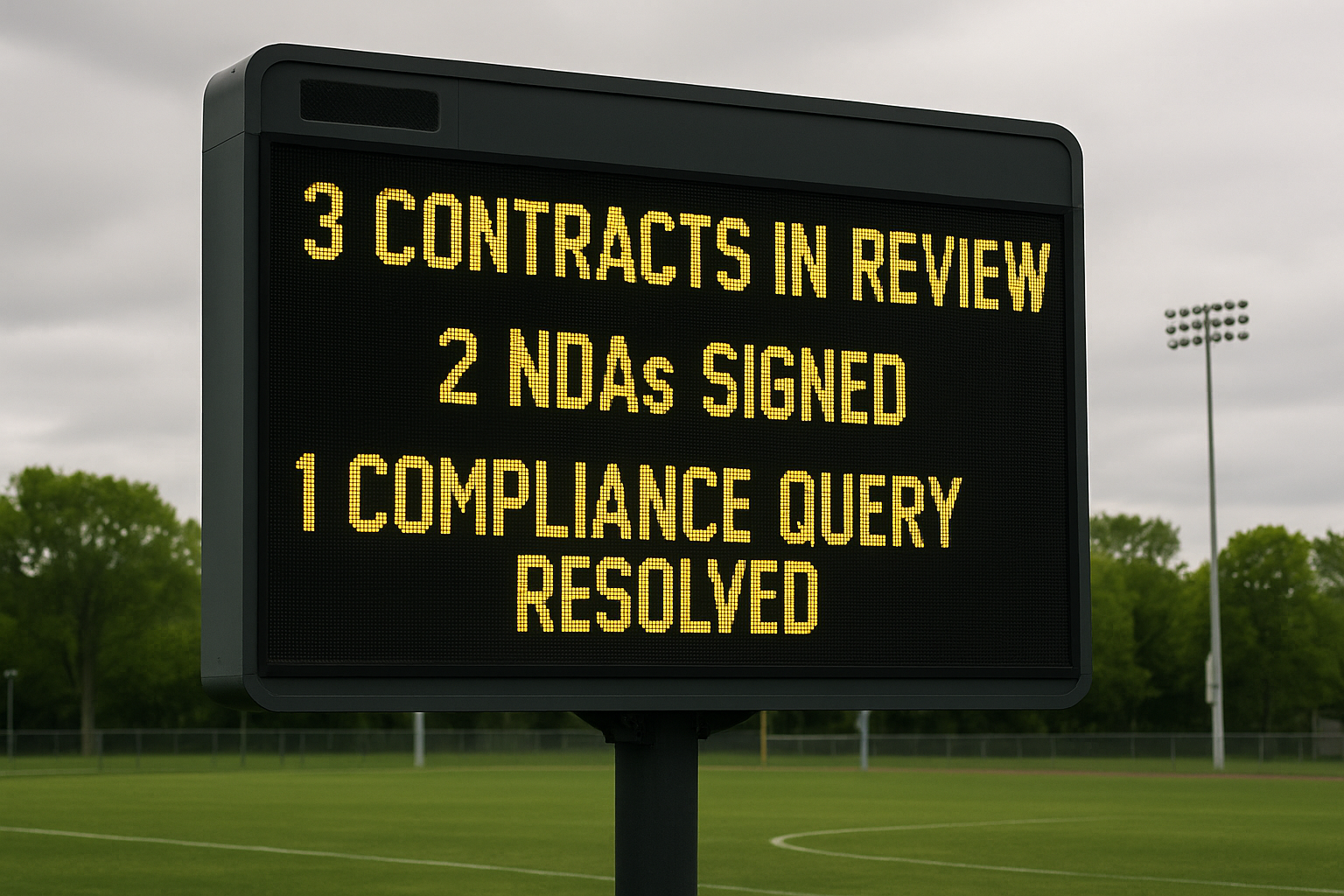
Sign up to our newsletter
Get insightful automation articles, view upcoming webinars and stay up-to-date with Checkbox
Reading time:
[reading time]

The Next Evolution of Business Automation
It isn’t every day that a new class of software is born. But after grappling with how best to articulate what Checkbox’s no-code automation platform does, and often being confused for other technology such as workflow automation systems or business process mapping software, we realized that we were in fact an unidentified class of technology. And so, the term ‘expert process automation’, or EPA, was born.
What is Expert Process Automation?
EPA is a technology that enables the digitization and automation of expert knowledge and processes. Using EPA, a company can build software without programming skills that emulate the work of a subject-matter expert by using a no-code vs low-code graphical user interface (GUI) to implement content, if-then logic, and actions. A good way to think about EPA is that it is the other half of the relatively recent and popular RPA – robotic process automation. But whilst RPA is about replicating the exact actions a human user would take, EPA is about replicating the exact decisions and actions that an expert would take. So rather than automating the copying and pasting of cells from a spreadsheet into an invoicing system, it is automating the right questions that should be asked in determining an entity’s tax position, collecting that information and making an evaluation before producing a letter of advice.

EPA is also similar but different from expert systems. Whilst expert systems emulate the decision-making of an expert, they are limited to providing advice. EPA goes beyond this and fundamentally addresses the question: “What processes require experts?” and the answer to this question may or may not include advice, but may also include a variety of other actions such as providing documents or executing processes.

And just in case it wasn’t clear, EPA is NOT artificial intelligence. It is instead, just a very accessible and comprehensive way to build programmatic intelligence. Though it is worth noting that RPA has been positioned before as a stopgap en route to intelligent automation where artificial intelligence and machine learning will provide trained judgments about future inputs. If that is the case, then EPA is even a step closer to that and foreseeably, even the foundation on which these intelligent automation platforms will be built.
What Are The Benefits of EPA?
EPA can be used in both back office and front office applications to automate processes that require an expert. When used for back-of-house, EPA enables access to expert information at scale. Often faced with limited expert resources, organizations can use EPA to allow the self-service of expert knowledge which boosts productivity and enables staff to work more efficiently and accurately. When used for front-of-house, EPA enables the productization of services. Rather than being limited by available headcount and a time-and-material business model, EPA allows businesses to transform their services into digital products which can be used to deliver value-add to customers or generate new streams of scalable revenue.

Some benefits of using EPA include:
- 24/7 access to expert knowledge which mitigates lost business opportunities
- Standardized and complete information which accelerates the intake process
- Single source of truth for expert information to avoid confusion and variable quality
- Strengthens risk and control management through “compliant by design” processes and outputs together with digital audit trails
- Knowledge management and retention within the organization through housing expert knowledge in systems rather than people
- Free up experts to work on more interesting, higher value work that cannot be automated
- Data capture of typically non-digital workflows which provide valuable business and customer insights
- EPA is a non-intrusive, point-solution technology that doesn’t require integration or IT restructuring like ERP and BPM systems
How Are Companies Using EPA?
EPA is currently being used by financial institutions, insurance companies, law firms, business advisory companies, as well as in-house legal teams within enterprise corporations.
Example 1: Conducting Intake and Triage
- When a bank employee wants to launch a new product or change an existing one, there is a compliance process they must follow.
- This is a process managed by the legal and compliance, and is not well known by the average employee.
- As a result, the legal and compliance team is inundated with enquiries from other business units and end up answering questions every day more than getting work done.
- When providing a response, different people provide different answers which leads to inconsistencies and confusion.
- By using Checkbox, the bank has standardized the intake process and saved staff time by enabling the business to self-serve, and because the tool is not reliant on the availability of the expert, staff were able to get consistent, standardized and instant risk and legal advice.
Example 2: Making Assessments and Drawing Conclusions
- A business advisory firm provides services to determine Early Stage Innovation Company (ESIC) eligibility and provides a letter to fundraising companies and investors.
- This process typically requires a government incentives tax specialist to work with the client and put together the letter which is sourced from a .docx template.
- By using Checkbox, the advisory firm automated the entire process by allowing the clients to self-serve using an online tool, receiving the same quality of advice and with a much shorter turnaround time. And because the tool is available 24/7, the clients are supported at all times which minimizes lost business. The advisory firm charges significantly less for the tool but earns higher margins since no consultant time is required to earn the fee, and because of the much lower pricing and superior customer experience, they undercut their competitors and benefits from a larger market share on this service.
Example 3: Providing a Tailored Document
- A data provider needs to generate 400+ data sharing contracts, unique to each consumer, and send them out for signing.
- Due to the volume of contracts and uniqueness of each arrangement, a manual process to create, send, and track all the contracts would take an impractical number of hours for an expert who understands the mechanics of the contracts.
- By implementing contract automation using Checkbox, the data provider was able to generate all 400+ contracts in bulk at the click of a button, with the specific arrangements of each consumer reflected, automatically sending off to each respective consumer for e-signature using native DocuSign integration, and tracking the status of each contract on custom dashboards.
Frequently Asked Questions
How does Expert Process Automation differ from RPA?
While RPA mimics human actions (like copying and pasting data), EPA replicates expert decision-making and logic using if-then workflows to automate knowledge-based processes. EPA is ideal for automating complex tasks that require judgment, not just repetitive clicks.
What industries benefit most from Expert Process Automation?
Industries with high volumes of regulated, expert-driven work, like legal, financial services, insurance, and consulting, see the most value from expert process automation (EPA). It enables consistent, scalable delivery of expert outputs without increasing headcount.
What components make up an EPA system?
An EPA system typically includes a no-code builder, decision-tree logic engine, workflow automation tools, document generation, and integration capabilities (e.g., APIs or e-signature). It also offers data capture, audit trails, and dashboards for visibility and control.
How do you evaluate ROI for implementing Expert Process Automation?
ROI on expert process automation can be measured by time saved, reduced manual workload for experts, faster turnaround times, lower error rates, and improved scalability. Additional ROI may come from enabling new revenue streams through digital self-service products.

Checkbox's team comprises of passionate and creative individuals who prioritize quality work. With a strong focus on learning, we drive impactful innovations in the field of no-code.
Book a Demo
See the New Era of Intake, Ticketing and Reporting in Action.

.svg)


